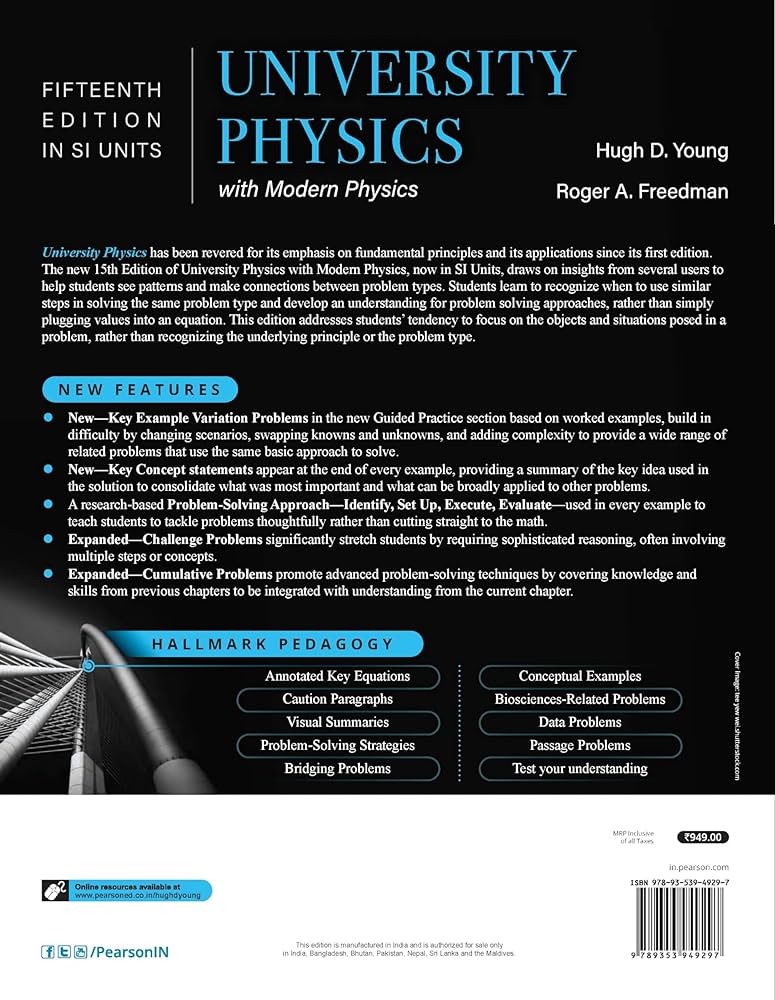
**Progress in Optics throughout the 16th Century: Merging Tradition and Innovation**
The 16th century marked a time of considerable intellectual inquiry in Europe, a period during which numerous fields underwent scrutiny and expansion, including optics. While the roots of optics can be traced back to ancient Greek scholars such as Euclid and Ptolemy, and medieval Islamic thinkers like Ibn al-Haytham (Alhazen), this century ushered in a resurgence of interest and fresh insights into the subject. These advances set the stage for the groundbreaking shifts in scientific understanding that would emerge with the pioneering works of Johannes Kepler at the onset of the 17th century.
In earlier analyses, we followed the evolution of optics beginning with its geometric foundations, through the intromission theory of vision as posited by Ibn al-Haytham, supported by renowned figures such as Roger Bacon. This perspective, which suggested that light enters the eye, remained the predominant view in optics for many years, thriving in the medieval framework known as **perspectiva.** Artists such as Leonardo da Vinci and Albrecht Dürer made significant strides in **linear perspective**, a mathematical approach primarily rooted in Euclidean optics rather than complex optical theory. Yet, amid the artistic flourishing of the Renaissance and the scientific upheaval introduced by Kepler, several key individuals emerged in the realm of optics, contributing to its elevation as a fundamental discipline within the wider progression of physics.
### Francesco Maurolico (1494–1574): The Sicilian Polymath
A pivotal figure in the optics of the 16th century was **Francesco Maurolico**, a Sicilian mathematician, astronomer, and polymath. Hailing from a Greek family that fled Constantinople following the Ottoman invasion, Maurolico was immersed in classical scholarship, excelling across various domains including mathematics, astronomy, and mechanics. His wide-ranging intellectual pursuits positioned him among the luminaries of the Renaissance, even though his most impactful contributions to optics emerged posthumously in published works after his death.
Maurolico’s contributions spanned both theoretical and practical optics. His significant texts, **“Photismi de lumine et umbra”** (On Light and Shadow), composed in 1521, and **“Diaphana”**, written between 1523 and 1552, belong to the enduring tradition of **perspectivist** optics, heavily influenced by scholars like Roger Bacon and John Peckham. However, Maurolico did not merely replicate existing medieval theories; he introduced several key innovations that later informed the work of figures such as Kepler.
Among Maurolico’s notable contributions was his investigation of the **camera obscura** (pinhole camera). He offered the first geometric explanation for the phenomena observed with the camera obscura, resolving a mathematical conundrum that had puzzled earlier scholars: when viewed through the camera’s pinhole, an object appears larger than anticipated. Maurolico illustrated that this effect arises because the image comprises overlapping light rays passing through the pinhole, rather than a single, simplified image.
Another notable advancement brought forth by Maurolico was his exploration of lenses in **vision correction**, specifically the role of spectacle lenses. Glasses had been utilized in Europe since the late 13th century, but their functionality was based largely on empirical experimentation. Maurolico provided a scientific elucidation of how convex lenses address **presbyopia** (farsightedness) and concave lenses rectify **myopia** (nearsightedness). He understood that convex lenses converge light rays, while concave lenses diverge them, compensating for refractive errors in the aging or irregularly shaped human eye. This analytical approach marked a pivotal moment in viewing corrective lenses through a geometric and scientific framework, laying the groundwork for future advancements in optical science.
### Giovanni Battista Della Porta (1535–1615): A Polymath Integrates Lenses into the Camera Obscura
Originating from Naples, **Giovanni Battista Della Porta** was another Renaissance polymath with diverse interests, including natural magic, agriculture, cryptography, and optics. His most significant contribution to optics can be found in his work **“De refractione”** (On Refraction), published in 1593. Similar to Maurolico, Della Porta operated within the perspectivist tradition but introduced essential innovations that reverberated in scientific discourse long after his lifetime.
Della Porta is recognized as the first scholar to incorporate a **lens** into the pinhole of the **camera obscura**, greatly enhancing its functionality. This innovation laid the foundation for comprehending how lenses could aid in focusing and magnifying, concepts vital for the subsequent evolution of telescopes and microscopes. Taking this exploration further, Della Porta posited that the human eye operates in a manner akin to a camera obscura, with the lens functioning as the component that focuses the image.